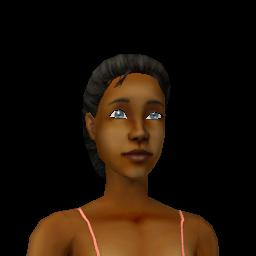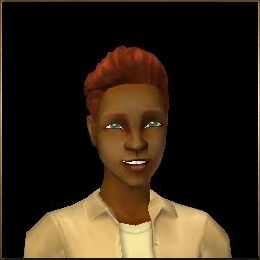#Leo Hourvitz
Explore tagged Tumblr posts
Text
Strangetown Townies Master Post
I know a lot of people prefer to play the cleaned version of Strangetown... I also know that when I’m using ST as a main hood, I like to have the ST townies as the ‘main’ townies of the hood. So, for convenience, I’ve uploaded all of the Strangetown townies to my dropbox.
Because it would take a gazillion years to pose them all, I’ve just left their portrait picture (ripped from the wiki), their personality/aspiration and a link to download them.
If you want to download them all at once, you can download them from this direct link here.
Without further ado, here are the Strangetown townies...
Adults

Jessica Ebadi - Romance, Libra 2/8/2/6/7

Gerard Landry - Family, Cancer 6/3/6/4/6

Trista Shaw (redhead) - Romance, Taurus 5/5/3/8/4

Quinten McAuley - Fortune, Capricorn 7/4/1/8/5

Crystal Vu - Fortune, Scorpio 6/5/8/3/3

Cooper Olshfski - Romance, Taurus 5/5/3/8/4

Margaret Howe - Fortune, Scorpio 6/5/8/3/3

Johnson Pai - Romance, Taurus 5/5/3/8/4

Renee Andrews - Fortune, Scorpio 6/5/8/3/3

Gary Walton - Family, Cancer 6/3/6/4/6

Katelyn Goss - Romance, Libra 2/8/2/6/7

Matthew Howe - Knowledge, Sagittarius 2/3/9/7/4

Trista Shaw (blonde) - Popularity, Leo 4/10/4/4/3

Abhijeet Cho - Romance, Taurus 5/5/3/8/4

Marion Almassizadeh - Family, Aquarius 4/4/4/7/6

Joel Jeffress - Knowledge, Virgo 9/2/6/3/5

Holly Andersen - Knowledge, Virgo 9/2/6/3/5
Teens

Tina Roennigke - Fortune, Capricorn 7/4/1/8/5

David Gibson - Family, Aquarius 4/4/4/7/6

Barbara Young - Family, Cancer 6/3/6/4/6

Blair Mace - Fortune, Scorpio 6/5/8/3/3

Tiffany Riley - Romance, Libra 2/8/2/6/7

Edward Fuchs - Family, Aquarius 4/4/4/7/6

Kendal Lawson - Fortune, Scorpio 6/5/8/3/3

River Smith - Family, Cancer 6/3/6/4/6
Children

Kana Thomason - Grow Up, Leo 4/10/4/4/3

Amin Couderc - Grow Up, Virgo 9/2/6/3/5

Vicki Hourvitz - Grow Up, Aries 5/8/6/3/3

Samuel Riley - Grow Up, Aquarius 4/4/4/7/6

Camryn McGaw - Grow Up, Virgo 9/2/6/3/5
84 notes
·
View notes